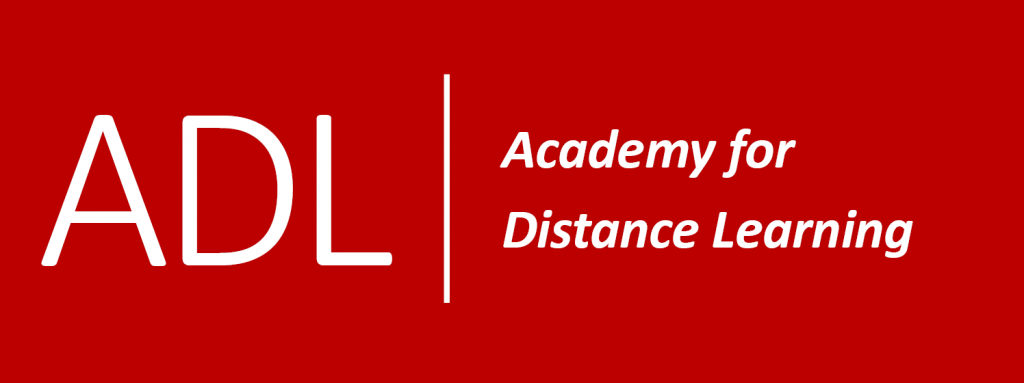
You may have recently heard some new information which questioned one of the classically held beliefs in biology; that woodpeckers don't get brain damage despite their lifestyle of pecking their beaks against tree stumps. They of course do this with considerable force up to 1,000 times that of gravity. Scores of times per minute. All day long. Woodpeckers have been studied in some detail by scientists, so how does this new information stack up against what we already know about woodpecker biomechanics?
Farah, Siwek, and Cummings from Boston University School of Medicine's Department of Anatomy and Neurobiology published research this month in the Public Library of Science (PloS) that demonstrated the presence of tangled tau proteins in the brains of woodpeckers. Tau proteins have been found in the brains of Alzheimer's patients and are thought to be implictaed in the disease process. Normal tau acts like a conduit to help nerve cells transport food and other molecules. But in Alzheimer's patients the protein's strands collapse into tangles and eventually the cell dies. To date, there have been no microscopic tissue studies exploring the potential existence of such nerve damage in woodpeckers. It is not known from our study whether the tau accumulations are pathological or result in behavioral changes in woodpeckers. Despite the findings of tau tangles, the birds don't exhibit any behaviours that suggest brain damage.
Woodpeckers don't just need their beaks to locate and remove insects and sap from under tree bark. They additionally make nesting hollows which demand much greater investment of pecking activity. To mitigate against this natural tendency to incur brain damage, woodpeckers are bristling with many overlaying evolutionary adaptations to cushion the forces of beak strike against a solid object. Much of this information has been discovered within the last 10 years, or at least seen in its proper mechanical context. I have summarised these adaptations in the table below.
| Adaption | Notes |
| Unequal upper and lower beak lengths | Force is transmitted from the tip of the beak into the skull, and beak asymmetry lowers its magnituted. The beak is thought to deform during pecking, absorbing the impact instead of transferring it toward the brain |
| Bone Structure | Plate-like bones with a "spongy" structure at strategic points in the skull distribute incoming force. |
| Sub-dural space | Between brain and skull – brain does not have room to bump around as it does in humans. |
| Brain length | Brains are longer top-to-bottom than front-to-back, meaning the force against the skull is spread over a larger brain area. |
| Hyoid bone adaptation | A highly-developed bone called the hyoid starts at the underside of the brid's beaks and loops around the skull making a "safety belt" for impact. |
| Thick neck muscles | Diffuse and spreads the force of the blow. |
| Third Inner Eyelids | Contains eye in socket – prevents eyeball from popping out! |
To expand your interest in the natural world, ADL have courses in Ecology, Conservation, Permaculture, Eco-Tourism, Adventure Activities, and Animal Studies.
References
Alzheimer's Tau protein interacts with cell membranes and forms toxic complexes. News Medical Life Sciences. November 22, 2017. https://www.news-medical.net/news/20171122/Alzheimers-Tau-protein-interacts-with-cell-membranes-and-forms-toxic-complexes.aspx#
How woodpeckers avoid head injury. Jason PalmerScience and technology reporter, BBC News. 27 October 2011. http://www.bbc.co.uk/news/science-environment-15458633
Farah G, Siwek D, Cummings P (2018) Tau accumulations in the brains of woodpeckers. PLoS ONE 13(2): e0191526. https://doi.org/10.1371/journal.pone.0191526
Sang-Hee Yoon and Sungmin Park. A mechanical analysis of woodpecker drumming and its application to shock-absorbing systems. 2011 Bioinspir. Biomim. 6 016003 IOP Publishing doi: 10.1088/1748-3182/6/1/016003
Wang, L. et al. Effect of Microstructure of Spongy Bone in Different Parts of Woodpecker's Skull on Resistance to Impact Injury. Journal of Nanomaterials. Volume 2013 (2013), Article ID 924564, http://dx.doi.org/10.1155/2013/924564
Wang L Z, Lu S, Liu X Y, et al. Biomechanism of impact resistance in the woodpecker’s head and its application. Sci China Life Sci, 2013, 56: 715–719, doi: 10.1007/s11427-013-4523-z



